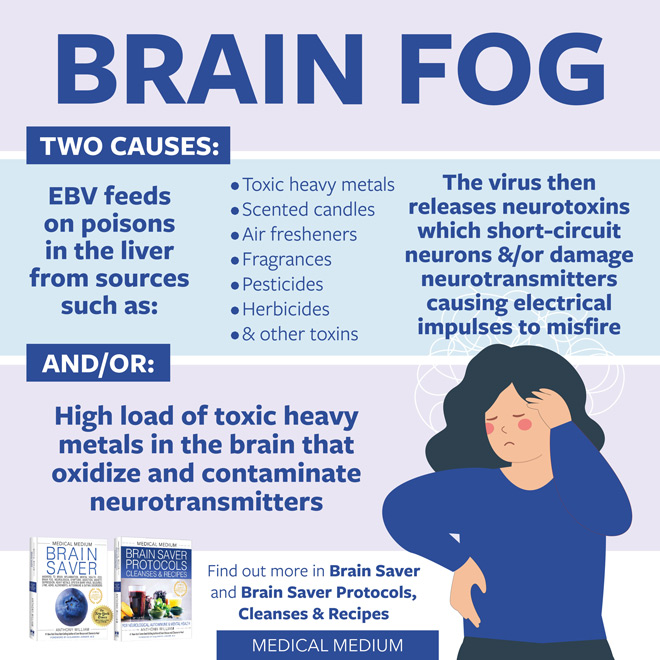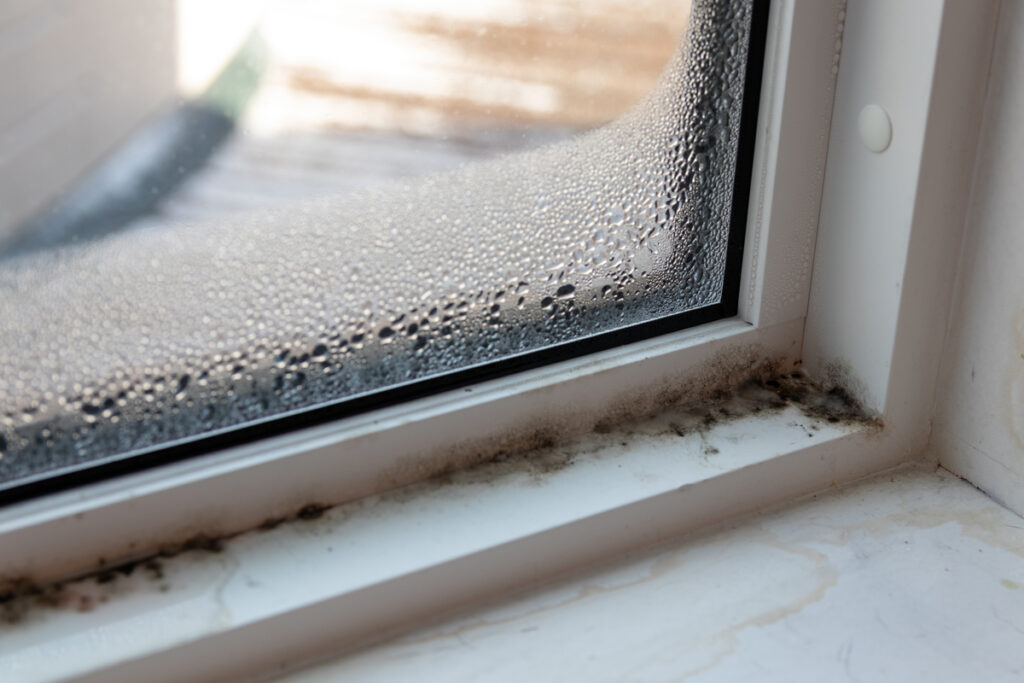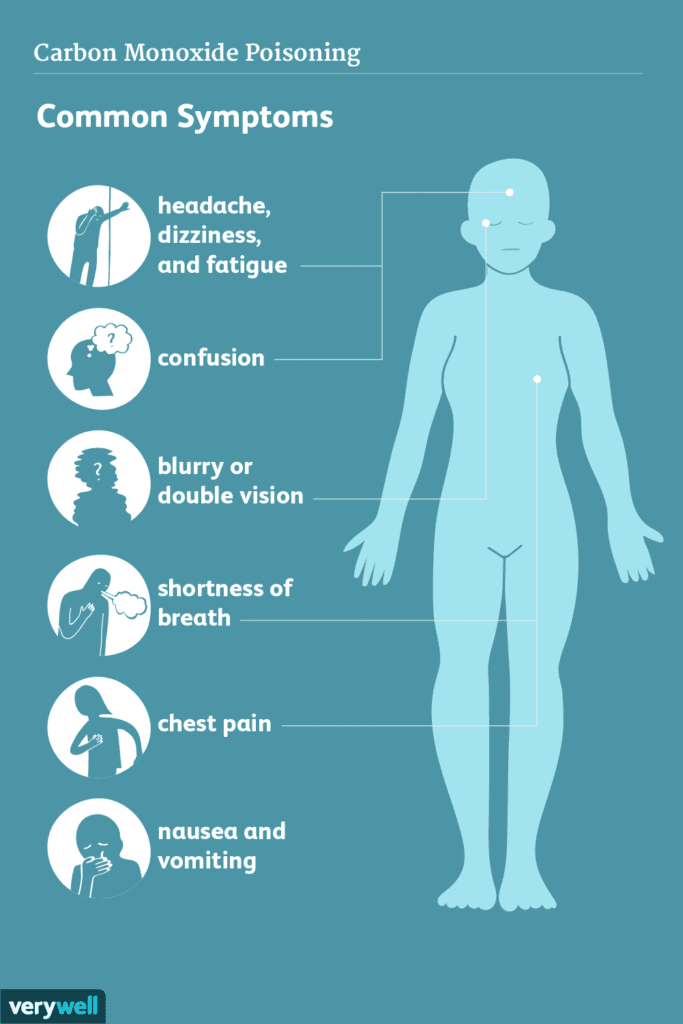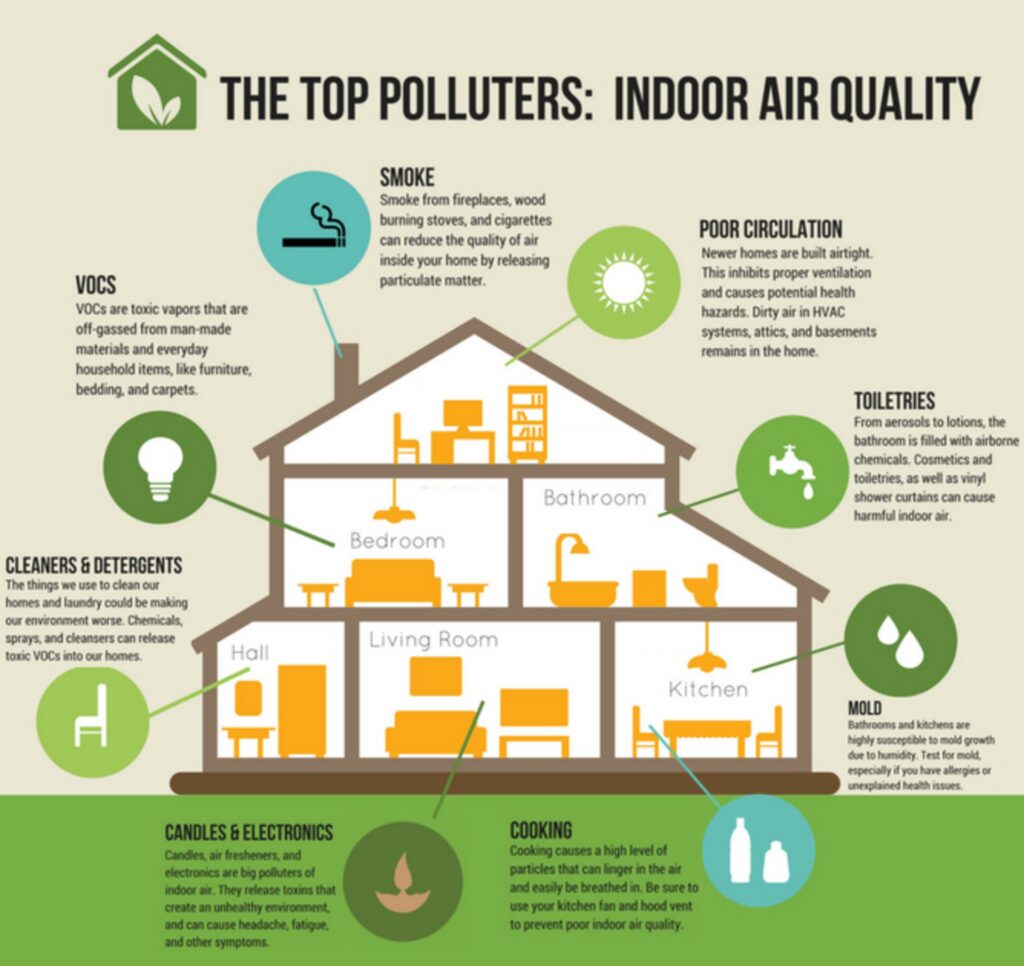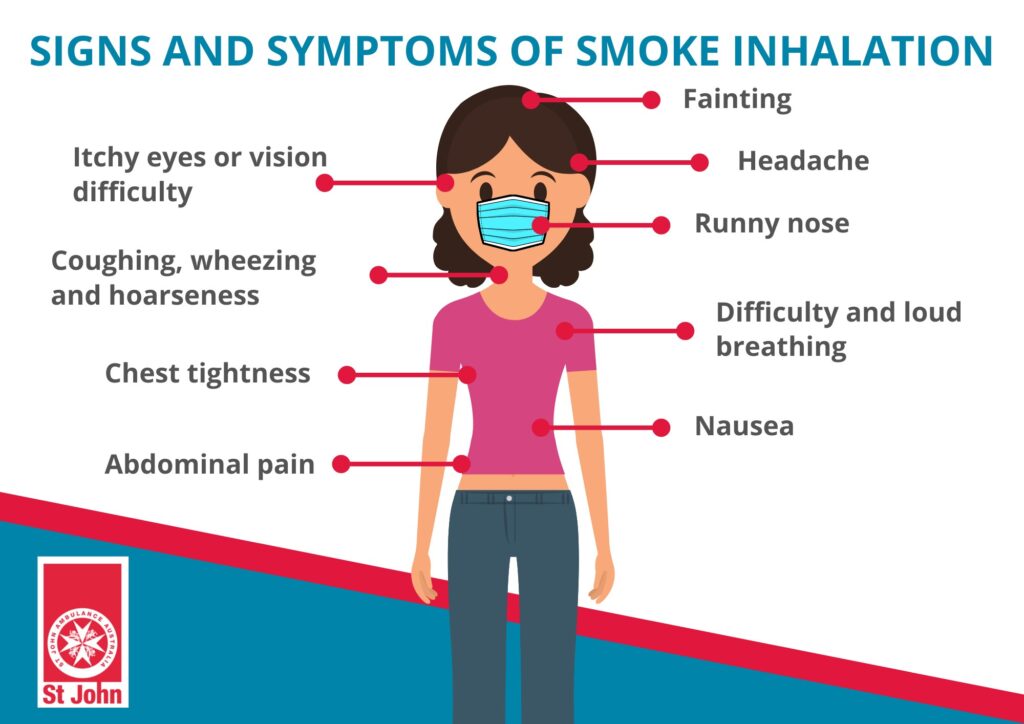Have you ever experienced a lack of focus or difficulty concentrating? Maybe you’ve felt a bit foggy, as if your brain was struggling to function at its best. Surprisingly, the culprit behind this phenomenon might be the very air we breathe. Studies suggest that poor air quality can lead to brain fog, affecting our cognitive abilities and overall mental clarity. In this article, we will explore the relationship between air quality and brain fog, and how understanding this connection could help us lead healthier, more productive lives.
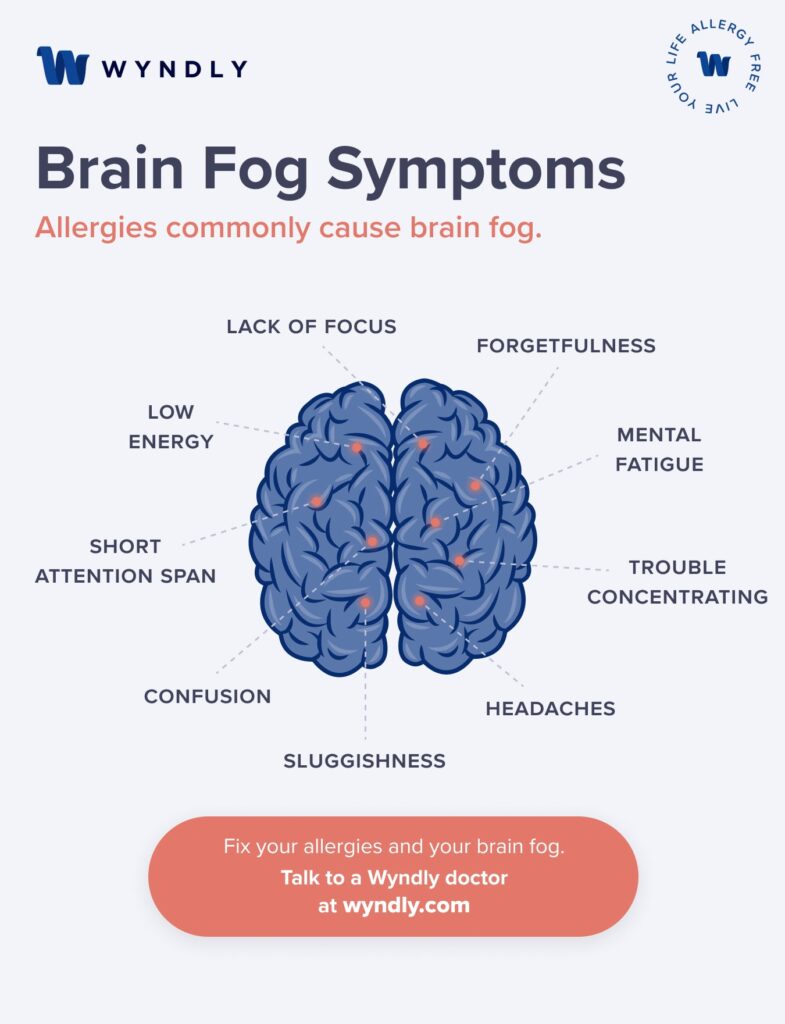

What is Brain Fog?
Definition of Brain Fog
Brain fog is a term used to describe a collection of symptoms that affect cognitive function, memory, and concentration. It can make you feel like your thoughts are cloudy or foggy, making it difficult to think clearly or focus on tasks. Brain fog can impact your daily life, making simple tasks feel challenging and overwhelming.
Symptoms of Brain Fog
The symptoms of brain fog can vary from person to person, but some common signs include:
- Difficulty concentrating or staying focused
- Memory problems or forgetfulness
- Slower processing speed and reduced mental agility
- Trouble finding the right words or forming coherent sentences
- Feeling confused or disoriented
- Increased irritability or mood swings
- Fatigue or lack of energy
- Decreased motivation and productivity
These symptoms can be frustrating and may interfere with your work, relationships, and overall quality of life. It’s important to understand the potential causes of brain fog to address and manage it effectively.
Causes of Brain Fog
Brain fog can have various underlying causes, including:
- Lack of sleep: Inadequate or poor-quality sleep can significantly impact cognitive function and contribute to brain fog.
- Chronic stress: Prolonged stress can lead to hormonal imbalances and inflammation, affecting brain function.
- Nutritional deficiencies: A diet lacking in essential nutrients, such as vitamins and minerals, may impair brain function.
- Hormonal changes: Fluctuations in hormone levels, such as those experienced during menopause, can contribute to brain fog.
- Medications: Certain medications, including antihistamines and antidepressants, may have side effects that cause cognitive impairment.
- Mental health conditions: Anxiety, depression, and other mental health disorders can impact cognitive function and contribute to brain fog.
- Chronic illnesses: Conditions like fibromyalgia, chronic fatigue syndrome, and autoimmune diseases can cause symptoms of brain fog.
- Environmental factors: Poor air quality and exposure to toxins can affect brain function and contribute to brain fog.
Understanding the potential causes of brain fog can help you identify the underlying factors contributing to your symptoms and take appropriate steps to alleviate them.
Understanding Air Quality
Definition of Air Quality
Air quality refers to the measure of pollutants and other substances present in the air we breathe. It is determined by factors such as the concentration of pollutants, temperature, humidity, and the presence of particles or gases that can affect human health or the environment.
Factors Affecting Air Quality
Several factors can influence air quality, including:
- Industrial emissions: The release of pollutants from factories, power plants, and other industrial activities can significantly impact air quality.
- Vehicle emissions: Cars, trucks, and other transportation vehicles contribute to air pollution through the burning of fossil fuels and the release of exhaust gases.
- Natural factors: Natural events such as wildfires, volcanic eruptions, and dust storms can release large amounts of pollutants into the air.
- Climate conditions: Temperature inversions, stagnant weather patterns, and other meteorological factors can trap pollutants close to the ground, leading to poor air quality.
- Occupational exposure: Certain occupations, such as construction and mining, may expose individuals to higher levels of air pollutants, affecting both indoor and outdoor air quality.
It is essential to monitor and address air quality to protect human health and the environment from the negative impacts of air pollution.
Sources of Indoor Air Pollution
While outdoor air pollution is often discussed, indoor air quality is equally important. Several sources contribute to indoor air pollution, including:
- Tobacco smoke: Smoking indoors can release harmful chemicals and toxins, significantly impacting air quality.
- Household cleaners: Cleaning products containing volatile organic compounds (VOCs) can release chemical fumes that affect indoor air quality.
- Building materials: Poorly ventilated buildings or those constructed with materials containing formaldehyde and other pollutants can have a detrimental impact on indoor air quality.
- Cooking and heating appliances: Unvented gas stoves, fireplaces, and improperly maintained heating systems can release pollutants into the air.
- Mold and mildew: Damp environments promote the growth of mold and mildew, which can release spores that negatively impact indoor air quality.
- Dust and allergens: Accumulation of dust, pet dander, pollen, and other allergens can contribute to poor indoor air quality.
It is crucial to be aware of these sources of indoor air pollution and take steps to improve ventilation and reduce exposure to toxins in indoor environments.
Effects of Poor Air Quality
Poor air quality can have significant effects on human health, including:
- Respiratory issues: Breathing in polluted air can irritate the respiratory system, leading to asthma, bronchitis, and other respiratory conditions.
- Allergies and sensitivities: Pollutants like mold, dust, and pet dander can trigger allergies and worsen symptoms for individuals with sensitivities.
- Cardiovascular problems: Long-term exposure to air pollution has been linked to an increased risk of cardiovascular diseases, such as heart attacks and strokes.
- Neurological problems: The brain is not immune to the effects of poor air quality, as certain pollutants can impact cognitive function, memory, and overall brain health.
- Reduced lung function: Prolonged exposure to air pollution can impair lung function and reduce overall respiratory capacity.
The connection between air quality and brain health is an important area of study, as emerging research suggests that poor air quality can contribute to symptoms of brain fog.


The Brain and Air Quality Connection
How Air Quality Affects the Brain
The brain relies on a constant supply of oxygen and nutrients to function optimally. When air quality is poor, the brain may not receive adequate oxygen, leading to reduced cognitive function and symptoms of brain fog. Additionally, exposure to indoor and outdoor air pollutants can trigger inflammation and oxidative stress in the brain, further impacting cognitive abilities.
Neurological Impact of Poor Air Quality
Several studies have demonstrated the neurological impact of poor air quality. Exposure to pollutants like particulate matter (PM), VOCs, carbon monoxide (CO), nitrogen dioxide (NO2), ozone (O3), formaldehyde, and mold can all affect brain health and contribute to cognitive impairment. These pollutants can penetrate the blood-brain barrier and directly affect brain cells, leading to oxidative stress, neuroinflammation, and neuronal damage.
Link between Air Pollution and Cognitive Decline
Research suggests that long-term exposure to air pollution can increase the risk of cognitive decline and neurodegenerative diseases, such as Alzheimer’s disease and Parkinson’s disease. Studies have found associations between higher levels of air pollution and poorer cognitive performance, decreased brain volume, and an increased risk of dementia.
Air Quality and Mental Fatigue
Poor air quality can also contribute to mental fatigue, making it harder to concentrate, focus, and process information. Exposure to pollutants can lead to increased levels of stress hormones, such as cortisol, which can further impact cognitive function and contribute to feelings of mental exhaustion.
Effects of Specific Air Pollutants on Brain Fog
Particulate Matter (PM)
Particulate matter refers to tiny particles suspended in the air, such as dust, pollen, soot, and other solid or liquid substances. PM can vary in size, and smaller particles, known as PM2.5 and PM10, are of particular concern due to their ability to penetrate deep into the respiratory system and potentially reach the brain. PM exposure has been associated with cognitive decline, impaired memory, and brain inflammation.
Volatile Organic Compounds (VOCs)
VOCs are chemicals that can evaporate and be released into the air from various sources, including household cleaners, paints, solvents, and building materials. Prolonged exposure to VOCs can lead to headaches, dizziness, memory problems, and difficulty concentrating. These symptoms can contribute to brain fog and overall cognitive impairment.
Carbon Monoxide (CO)
Carbon monoxide is a colorless, odorless gas that can be released from burning fossil fuels, such as in vehicle exhaust or faulty heating appliances. Inhalation of carbon monoxide can restrict the oxygen-carrying capacity of red blood cells, leading to brain hypoxia and cognitive impairment. Symptoms of CO poisoning include confusion, headaches, dizziness, and difficulty thinking clearly.
Nitrogen Dioxide (NO2)
NO2 is a gas produced by burning fossil fuels, primarily from vehicle emissions and industrial activities. High levels of NO2 can irritate the respiratory system and contribute to respiratory conditions like asthma. Additionally, NO2 exposure has been linked to reduced cognitive function, impaired learning abilities, and behavior problems in children.
Ozone (O3)
Ozone is a gas created when sunlight reacts with pollutants like nitrogen oxides and volatile organic compounds. While ozone in the upper atmosphere protects us from harmful UV rays, ground-level ozone can be detrimental to human health. Ozone exposure has been associated with inflammation in the brain, oxidative stress, and impaired cognitive function.
Formaldehyde
Formaldehyde is a colorless gas used in various building materials, including pressed wood products, glues, and insulation. Prolonged exposure to formaldehyde can lead to respiratory and allergic reactions, as well as neurological symptoms like difficulty concentrating, memory problems, headaches, and overall cognitive impairment.
Mold and Mildew
Damp indoor environments can promote the growth of mold and mildew, releasing spores and mycotoxins that can negatively impact air quality. Inhalation of mold spores or exposure to mycotoxins can lead to respiratory issues, allergies, and cognitive impairment. Symptoms of mold exposure may include brain fog, difficulty concentrating, headaches, and fatigue.
Understanding the effects of specific air pollutants on brain function is crucial for addressing brain fog symptoms and improving air quality.
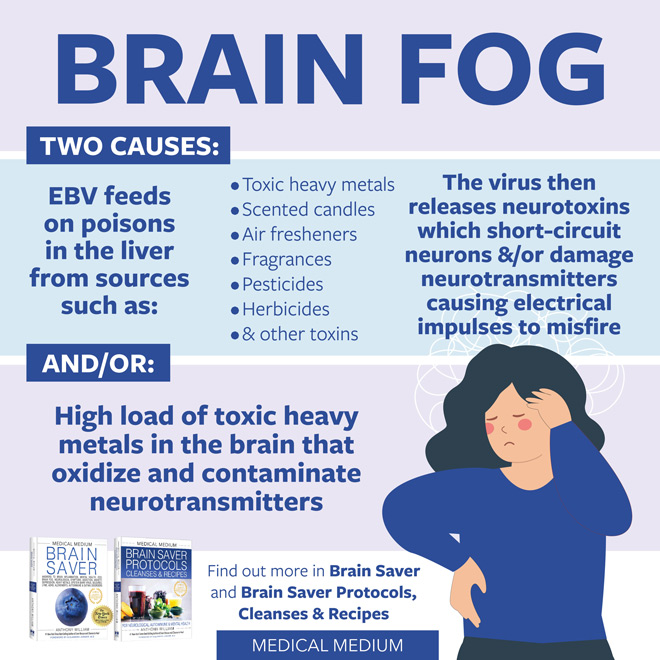

Indoor Air Quality and Brain Fog
Common Indoor Air Pollutants
To improve indoor air quality and alleviate symptoms of brain fog, it is essential to be aware of common indoor air pollutants, including:
- VOCs: Cleaning products, paints, adhesives, and certain building materials can release VOCs into the air.
- Formaldehyde: Furniture, cabinets, and insulation materials may contain formaldehyde, which can gradually be released into the air.
- Mold and mildew: Damp and poorly ventilated areas can promote the growth of mold and mildew.
- Cleaning agents: Harsh cleaning agents containing bronchial irritants can impact air quality.
- Tobacco smoke: Smoking indoors can release harmful chemicals that negatively affect air quality.
Building Materials and Indoor Air Quality
Certain building materials used in construction and interior design can contribute to indoor air pollution. Some common culprits include pressed wood products, carpeting, vinyl flooring, and insulation materials. These materials can release harmful chemicals and VOCs into the air, leading to reduced air quality and potential symptoms of brain fog. Choosing low-VOC or VOC-free building materials can help minimize indoor air pollution.
Heat, Ventilation, and Air Conditioning (HVAC) Systems
Proper ventilation is key to maintaining good indoor air quality. HVAC systems should be regularly maintained and cleaned to prevent the accumulation of dust and other pollutants. Adequate ventilation not only improves air quality but also helps regulate temperature and humidity levels, creating a more comfortable and healthier indoor environment.
Improving Indoor Air Quality
To improve indoor air quality and reduce symptoms of brain fog, consider implementing the following measures:
- Regularly clean and vacuum: Frequent cleaning and vacuuming can help remove dust, mold spores, and other allergens from indoor spaces.
- Use natural cleaning products: Opt for natural cleaning products that do not contain harsh chemicals or VOCs.
- Increase ventilation: Open windows, use exhaust fans, or invest in portable air purifiers with HEPA filters to improve indoor air circulation.
- Control humidity levels: Use dehumidifiers in damp areas to reduce the growth of mold and mildew.
- Maintain HVAC systems: Regularly clean or change air filters in HVAC systems to prevent the recirculation of airborne pollutants.
- Test for radon: Radon is a naturally occurring radioactive gas that can seep into buildings. Consider testing for radon levels and taking appropriate measures to mitigate exposure.
Taking proactive steps to improve indoor air quality can help reduce brain fog symptoms and promote overall well-being.
Outdoor Air Quality and Brain Fog
Sources of Outdoor Air Pollution
Outdoor air pollution can originate from various sources, including:
- Vehicle emissions: Cars, trucks, and other vehicles release pollutants into the air through the burning of fossil fuels.
- Industrial emissions: Factories, power plants, and other industrial activities release pollutants into the surrounding air.
- Agricultural activities: Pesticides, fertilizers, and agricultural burning contribute to outdoor air pollution in rural areas.
- Construction activities: Demolition, excavation, and construction sites can generate dust and release pollutants into the air.
- Natural events: Wildfires, volcanic eruptions, and dust storms release large amounts of pollutants into the atmosphere.
Effects of Outdoor Air Pollution on Brain Function
Exposure to outdoor air pollution, particularly in urban areas with high levels of traffic and industrial activities, can have negative effects on brain function. Studies have linked higher levels of air pollution to an increased risk of cognitive decline, impaired memory, and reduced attention span. Children and older adults may be particularly vulnerable to the neurological impacts of outdoor air pollution.
Urban vs. Rural Air Quality
Air quality can vary between urban and rural areas. Urban areas, with higher populations and more concentrated sources of pollution, tend to have poorer air quality overall. However, even rural areas can experience air pollution from agricultural activities or natural events like wildfires. Monitoring outdoor air quality and taking necessary precautions is important regardless of the setting.
Protecting Yourself from Outdoor Air Pollution
While it may not be possible to completely avoid outdoor air pollution, there are steps you can take to minimize exposure and protect yourself:
- Check air quality reports: Stay informed about the air quality in your area by checking local air quality reports and forecasts.
- Limit outdoor activities during poor air quality days: Try to schedule outdoor activities on days when air quality is better or consider exercising indoors.
- Create a clean indoor environment: Ensure your home has good indoor air quality by following the indoor air quality improvement measures mentioned earlier.
- Use air purifiers with HEPA filters: Investing in air purifiers with high-efficiency particulate air (HEPA) filters can help remove pollutants from indoor air.
- Wear masks in highly polluted areas: In areas with high levels of air pollution, wearing masks designed to filter out fine particles can provide some protection.
While it may not be possible to eliminate all exposure to outdoor air pollution, these measures can help minimize its impact on brain function and reduce symptoms of brain fog.
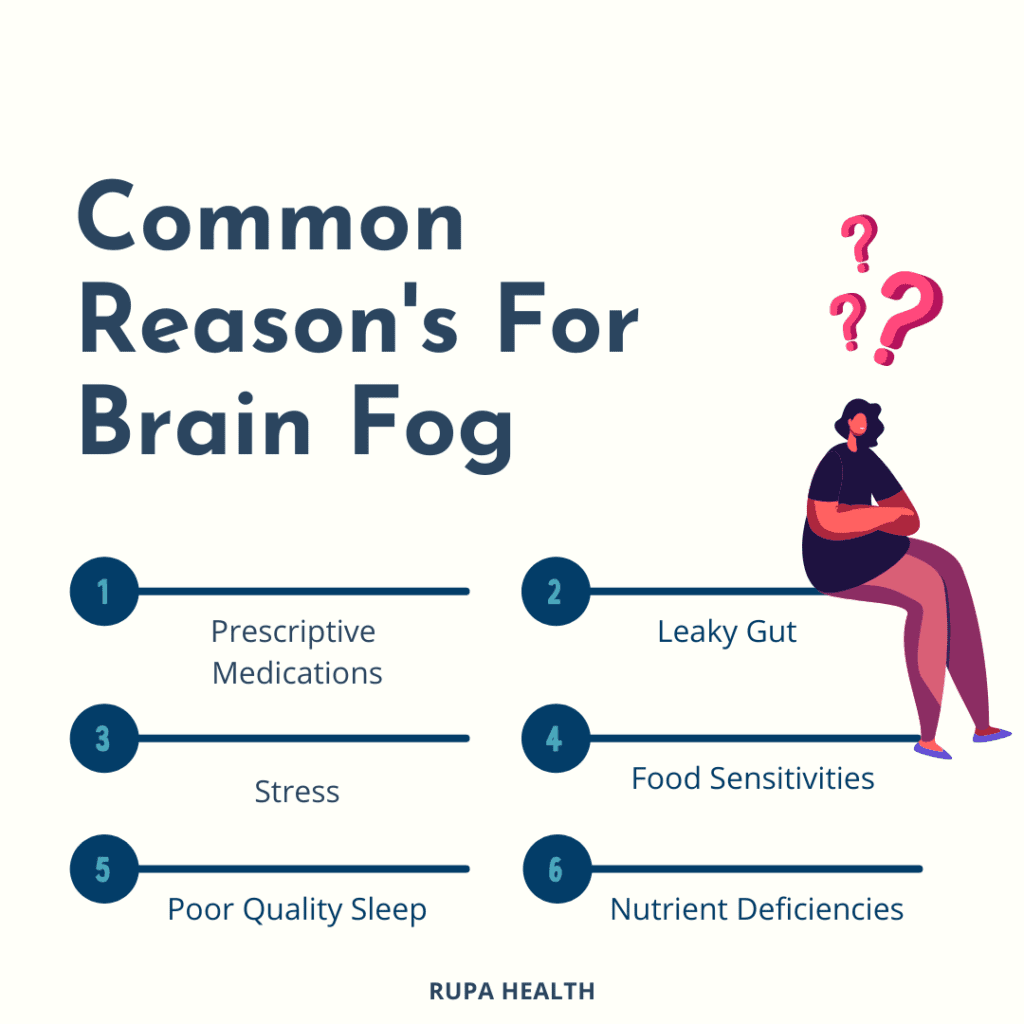

Individual Susceptibility to Air Pollution
Age and Vulnerability
Certain age groups may be more vulnerable to the neurological effects of air pollution. Children and older adults, whose brains are still developing or may be more susceptible to damage, are particularly at risk. Children exposed to air pollution may experience learning difficulties and cognitive impairments, while older adults may face an increased risk of cognitive decline and neurodegenerative diseases.
Genetic Factors
Genetics may play a role in an individual’s susceptibility to the effects of air pollution on brain health. Certain genetic variations can influence how an individual’s body responds to specific air pollutants or their ability to detoxify and repair damage caused by pollution. Further research is needed to better understand the interplay between genetics and air pollution on brain function.
Preexisting Health Conditions
Individuals with preexisting health conditions, such as respiratory diseases, cardiovascular conditions, or neurological disorders, may be more vulnerable to the effects of poor air quality on brain function. These conditions can make individuals more susceptible to the inflammatory and oxidative stress effects of air pollution, potentially worsening symptoms of brain fog.
Lifestyle Factors
Certain lifestyle factors can influence an individual’s vulnerability to air pollution and brain fog. Smokers and individuals who live or work in highly polluted areas may experience exacerbated symptoms of brain fog due to increased exposure to toxins. Conversely, individuals who prioritize healthy habits, such as regular exercise, a balanced diet, and adequate sleep, may have better cognitive resilience despite air pollution exposure.
Duration and Intensity of Exposure
The duration and intensity of exposure to air pollution can also affect an individual’s susceptibility to brain fog symptoms. Prolonged or repeated exposure to high levels of pollution may have greater impacts on cognitive function and lead to more severe symptoms. Limiting exposure to polluted environments and implementing preventive measures can help reduce the risk of brain fog.
Preventing and Managing Brain Fog Caused by Air Quality
Regularly Monitor Air Quality
Staying informed about air quality levels in your environment can help you make informed decisions about outdoor activities and take appropriate precautions. Utilize resources such as local air quality reports, online air quality indexes, or smartphone apps to access up-to-date information on air conditions.
Improving Indoor Air Quality
Improving indoor air quality is essential, as we spend a significant amount of time indoors. Implement the strategies mentioned earlier to reduce indoor air pollution, including maintaining proper ventilation, using air purifiers, and minimizing exposure to chemicals and allergens. Regular cleaning and maintenance of HVAC systems are also crucial for maintaining good indoor air quality.
Using Air Purifiers and Filters
Air purifiers with HEPA filters can effectively remove harmful particles from indoor air. HEPA filters can trap small particles like PM2.5, mold spores, pet dander, and other allergens, promoting better air quality and reducing the potential for brain fog symptoms. Additionally, using filters in HVAC systems can help improve air quality throughout the entire home or building.
Maintaining Proper Ventilation
Proper ventilation is vital for minimizing the accumulation of indoor air pollutants. Opening windows to allow fresh air circulation, using exhaust fans in kitchens and bathrooms, and ensuring adequate airflow can all contribute to better indoor air quality. Consider improving natural ventilation or installing mechanical ventilation systems to enhance airflow in enclosed spaces.
Reducing Exposure to Outdoor Air Pollution
While it may not be possible to completely avoid outdoor air pollution, you can take steps to reduce your exposure. Avoid highly polluted areas, limit outdoor activities during times of poor air quality, and wear masks that filter out fine particles when necessary. When traveling in vehicles, ensure adequate air filtration systems are in place and keep windows closed in areas with heavy traffic or industrial pollution.
Supporting Cognitive Health
Maintaining overall cognitive health can help mitigate the effects of brain fog caused by air quality. Engage in mentally stimulating activities, practice stress management techniques, get regular physical exercise, and prioritize healthy sleep habits. A healthy lifestyle and a resilient brain can better cope with the cognitive impacts of air pollution.


Conclusion
Brain fog, characterized by cognitive impairments and difficulty with focus and memory, can be caused by various factors, including air quality. Poor air quality, both indoors and outdoors, can impact brain function, leading to brain fog symptoms. Understanding the effects of specific air pollutants, such as particulate matter, VOCs, carbon monoxide, nitrogen dioxide, ozone, formaldehyde, and mold, can help address brain fog and take appropriate measures to improve air quality.
By improving indoor air quality through proper ventilation, the use of air purifiers, and minimizing exposure to pollutants, individuals can reduce the risk of brain fog symptoms. Similarly, taking precautions to limit exposure to outdoor air pollution and staying informed about air quality levels can contribute to better brain health.
It is important to recognize individual susceptibility to air pollution, including factors such as age, genetics, preexisting health conditions, lifestyle choices, and the duration and intensity of exposure. By adopting preventive measures, monitoring air quality, and supporting cognitive health, individuals can take proactive steps to prevent and manage brain fog caused by air quality.

